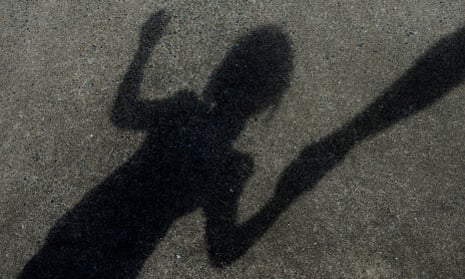New Zealand’s Catholic church has admitted that 14% of its diocesan clergy have been accused of abusing children and adults since 1950.
The church released the figures at the request of the royal commission on abuse in care, set up in 2018 by prime minister Jacinda Ardern, who said the country needed to confront “a dark chapter” in its history, and later expanded it to include churches and other faith-based institutions.
An interim report by the commission in December found up to a quarter of a million children, young people and vulnerable adults were physically and sexually abused in New Zealand’s faith-based and state care institutions from the 1960s to early 2000s.
Te Rōpū Tautoko, the group that coordinates church engagement with the royal commission, sought and examined records from the country’s six Catholic dioceses and from 43 Catholic religious congregations (also known as religious institutes, orders or associations). The research included records of 428 Catholic parishes, 370 Catholic schools and 67 other care institutions.
The allegations of abuse captured physical, sexual, and emotional or psychological abuse, and neglect. A failure to act on reports and facilitating abuse were also included.
The extent of the allegations of abuse in the church in Aotearoa New Zealand had not been collated before now, said Catherine Fyfe, the chair of Te Rōpū Tautoko.
“The Information Gathering Project was a major exercise involving dozens of people over two years, including searching paper files dating back 70 years in hundreds of places.”
The findings found that since 1950, 1,350 children and 164 adults reported suffering abuse, with the age of a further 167 not established by the research. Of the 1,680, almost half (835) were reports alleging sexual harm against a child and 80% of all reports were related to children. Of the total, 687 relate to educational facilities, 425 to residential care, 228 to parishes and 122 to other locations, and the rest were at unidentified locations.
Allegations were made against: 14% of Catholic diocesan clergy, who worked for a bishop and not a congregation, 8% of male congregational members (brothers or priests) and 3% of female congregation members (sisters or nuns). Most of the abuse reported happened in the 1960s and 1970s, with 75% occurring before 1990.
Te Rōpū Tautoko said that the records will not represent all abuse that has happened in the care of the Catholic church, as the research covers only recorded reports alleging abuse.
The Survivors Network of those Abused by Priests (Snap) said the actual scale of abuse was likely to be much higher based on the information it has from its members – “as high as twelvefold, given data indicating about only one in 12 have reported [abuse] in regions across New Zealand”.
“The church has simply released what information it has recorded and this should not be seen as a comprehensive listing of all abuse that has occurred. The actual scale of sexual abuse is very difficult to measure.”
Snap said while the church acknowledges that harm was done, there has been no substantial change in the church’s own internal training methods and culture. “In the handling of abuse complaints, its investigative processes are based on the balance of probabilities and are not complainant centred.”
The statistics were “horrifying” and something the church was “deeply ashamed of”, said Cardinal John Dew, the president of the NZ Catholic Bishops Conference.
“I am grateful that so much work has been done in researching the details and making them public.
“As we continue to respond to the royal commission into abuse and we build a safer church for everyone, I firmly hope that facts like these will help us to face the sad reality. The church will learn from this and affirm its commitment to the work of safeguarding.”
